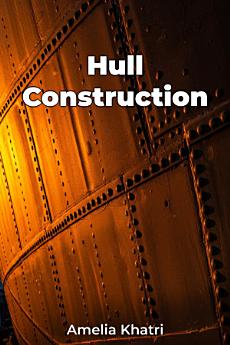Hull Construction
About this ebook
Hull Construction begins with the fundamentals of hull design and early timber-based methods, progressing through the age of iron and steel, and culminating in modern techniques like advanced composites and modular construction. By examining historical records, engineering reports, and case studies, the book presents a comprehensive overview of how past decisions continue to influence modern shipbuilding practices, particularly regarding structural integrity and the adoption of industry standards.
The book emphasizes the dynamic interplay between technological advancements, economic factors, and regulatory landscapes in shaping hull construction. It demonstrates that the ongoing quest for improved performance, durability, and cost-effectiveness drives innovation in the maritime industry. The narrative unfolds across chapters, building from basic principles to complex applications, providing valuable insights for naval architects, marine engineers, maritime historians, and students alike.








